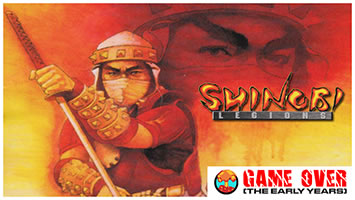- CLASSIC MAGAZINES
- REVIEW CREW
A show recapping what critics thought back
when classic games first came out! - NEXT GENERATION'S BEST & WORST
From the worst 1-star reviews to the best
5-stars can offer, this is Next Generation! - NINTENDO POWER (ARCHIVE)
Experience a variety of shows looking at the
often baffling history of Nintendo Power! - MAGAZINE RETROSPECTIVE
We're looking at the absolutely true history of
some of the most iconic game magazines ever! - SUPER PLAY'S TOP 600
The longest and most ambitious Super NES
countdown on the internet! - THEY SAID WHAT?
Debunking predictions and gossip found
in classic video game magazines! - NEXT GENERATION UNCOVERED
Cyril is back in this spin-off series, featuring the
cover critic review the art of Next Generation! - HARDCORE GAMER MAGAZING (PDF ISSUES)
Download all 36 issues of Hardcore Gamer
Magazine and relive the fun in PDF form!
- REVIEW CREW
- ELECTRONIC GAMING MONTHLY
- ELECTRONIC GAMING MONTHLY RANKS
From Mario to Sonic to Street Fighter, EGM
ranks classic game franchises and consoles! - ELECTRONIC GAMING MONTHLY BEST & WORST
Counting down EGM’s best and worst reviews
going year by year, from 1989 – 2009! - ELECTRONIC GAMING BEST & WORST AWARDS
11-part video series chronicling the ups and
downs of EGM’s Best & Worst Awards!
- ELECTRONIC GAMING MONTHLY RANKS
- GAME HISTORY
- GAME OVER: STORY BREAKDOWNS
Long-running series breaking down game
stories and analyzing their endings! - A BRIEF HISTORY OF GAMING w/ [NAME HERE]
Real history presented in a fun and pithy
format from a variety of game historians! - THE BLACK SHEEP
A series looking back at the black sheep
entries in popular game franchises! - INSTANT EXPERT
Everything you could possibly want to know
about a wide variety of gaming topics! - FREEZE FRAME
When something familiar happens in the games
industry, we're there to take a picture! - I'VE GOT YOUR NUMBER
Learn real video game history through a series
of number-themed episodes, starting at zero! - GREAT MOMENTS IN BAD ACTING
A joyous celebration of some of gaming's
absolute worst voice acting!
- GAME OVER: STORY BREAKDOWNS
- POPULAR SHOWS
- DG NEWS w/ LORNE RISELEY
Newsman Lorne Riseley hosts a regular
series looking at the hottest gaming news! - REVIEW REWIND
Cyril replays a game he reviewed 10+ years
ago to see if he got it right or wrong! - ON-RUNNING FEUDS
Defunct Games' longest-running show, with
editorials, observations and other fun oddities! - DEFUNCT GAMES QUIZ (ARCHIVE)
From online quizzes to game shows, we're
putting your video game knowledge to the test!- QUIZ: ONLINE PASS
Take a weekly quiz to see how well you know
the news and current gaming events! - QUIZ: KNOW THE GAME
One-on-one quiz show where contestants
find out if they actually know classic games! - QUIZ: THE LEADERBOARD
Can you guess the game based on the classic
review? Find out with The Leaderboard!
- QUIZ: ONLINE PASS
- DEFUNCT GAMES VS.
Cyril and the Defunct Games staff isn't afraid
to choose their favorite games and more! - CYRIL READS WORLDS OF POWER
Defunct Games recreates classic game
novelizations through the audio book format!
- DG NEWS w/ LORNE RISELEY
- COMEDY
- GAME EXPECTANCY
How long will your favorite hero live? We crunch
the numbers in this series about dying! - VIDEO GAME ADVICE
Famous game characters answer real personal
advice questions with a humorous slant! - FAKE GAMES: GUERILLA SCRAPBOOK
A long-running series about fake games and
the people who love them (covers included)! - WORST GAME EVER
A contest that attempts to create the worst
video game ever made, complete with covers! - LEVEL 1 STORIES
Literature based on the first stages of some
of your favorite classic video games! - THE COVER CRITIC
One of Defunct Games' earliest shows, Cover
Critic digs up some of the worst box art ever! - COMMERCIAL BREAK
Take a trip through some of the best and
worst video game advertisements of all time! - COMIC BOOK MODS
You've never seen comics like this before.
A curious mix of rewritten video game comics!
- GAME EXPECTANCY
- SERIES ARCHIVE
- NINTENDO SWITCH ONLINE ARCHIVE
A regularly-updated list of every Nintendo
Switch Online release, plus links to review! - PLAYSTATION PLUS CLASSIC ARCHIVE
A comprehensive list of every PlayStation
Plus classic release, including links! - RETRO-BIT PUBLISHING ARCHIVE
A regularly-updated list of every Retro-Bit
game released! - REVIEW MARATHONS w/ ADAM WALLACE
Join critic Adam Wallace as he takes us on a
classic review marathon with different themes!- DEFUNCT GAMES GOLF CLUB
Adam Wallace takes to the links to slice his way
through 72 classic golf game reviews! - 007 IN PIXELS
Adam Wallace takes on the world's greatest spy
as he reviews 15 weeks of James Bond games! - A SALUTE TO VAMPIRES
Adam Wallace is sinking his teeth into a series
covering Castlevania, BloodRayne and more! - CAPCOM'S CURSE
Adam Wallace is celebrating 13 days of Halloween
with a line-up of Capcom's scariest games! - THE FALL OF SUPERMAN
Adam Wallace is a man of steel for playing
some of the absolute worst Superman games! - THE 31 GAMES OF HALLOWEEN
Adam Wallace spends every day of October afraid
as he reviews some of the scariest games ever! - 12 WEEKS OF STAR TREK
Adam Wallace boldly goes where no critic has
gone before in this Star Trek marathon!
- DEFUNCT GAMES GOLF CLUB
- DAYS OF CHRISTMAS (ARCHIVE)
Annual holiday series with themed-episodes
that date all the way back to 2001!- 2015: 30 Ridiculous Retro Rumors
- 2014: 29 Magazines of Christmas
- 2013: 29 Questionable Power-Ups of Christmas
- 2012: 34 Theme Songs of Christmas
- 2011: 32 Game Endings of Christmas
- 2010: 31 Bonus Levels of Christmas
- 2009: 30 Genres of Christmas
- 2008: 29 Controls of Christmas
- 2007: 34 Cliches of Christmas
- 2006: 33 Consoles of Christmas
- 2005: 32 Articles of Christmas
- 2004: 31 Websites of Christmas
- 2003: 29 Issues of Christmas
- 2002: 28 Years of Christmas
- 2001: 33 Days of Christmas
- NINTENDO SWITCH ONLINE ARCHIVE
- REVIEW ARCHIVE
- FULL ARCHIVE
Retrotest: Edge's Top 13 Retro Game Reviews
For more than thirty years, British magazine Edge has been the go-to place for industry news, informative interviews and reviews of all the newest games. But did you know that back in 2003, Edge also dabbled in retro reviews? For exactly thirteen months between issue 122 and 134, the magazine closed out their review round-up with a look back at a classic game. They would offer a page-long review that was written as if it came from the year the games came out, despite all of these retro reviews being penned in either 2003 or 2004.
With only thirteen of these retro reviews, I thought it might be fun to look back at the games they covered in this all-too-brief series. From an ancient fighting game to a high-tech shooter to some of the most beloved role-playing games of all time, Edge covered a wide and varied selection of classic games. What we're going to do today is countdown all thirteen games and read excerpts from these very real reviews published in Edge magazine. Just remember, these are retro reviews designed to sound old, despite being published a decade or two after the fact. Got it? I sure hope so, because this is a list of Edge's Top 13 Retro Game Reviews!

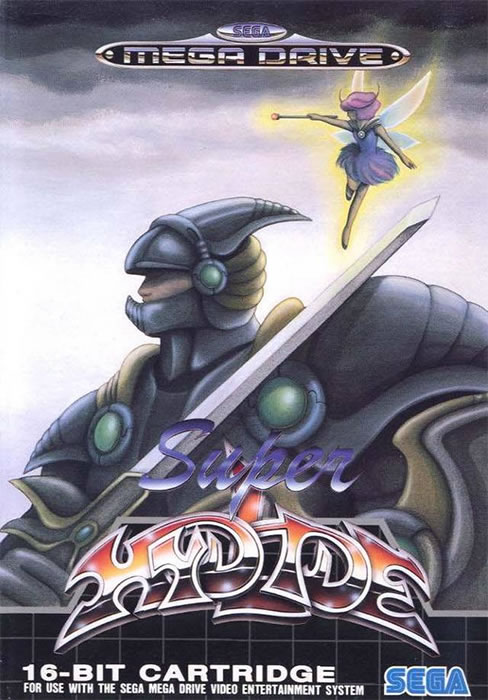
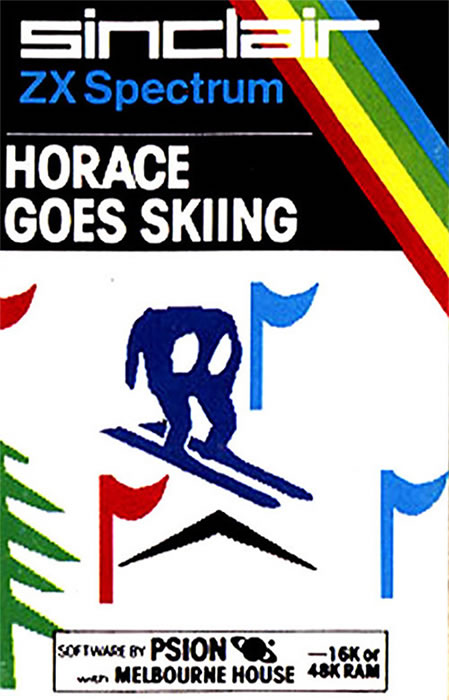
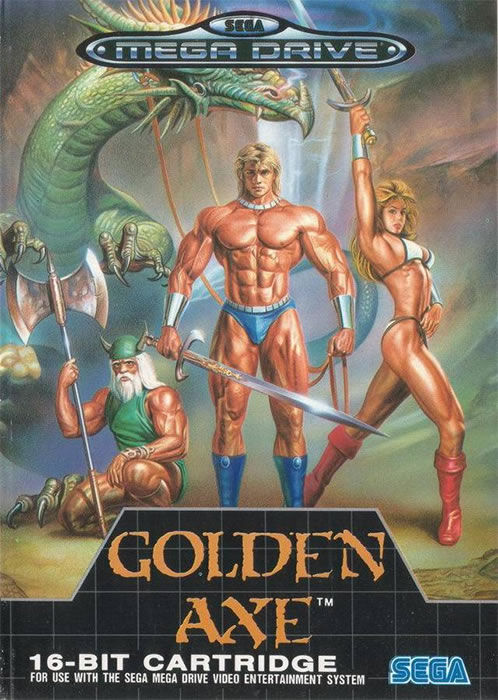
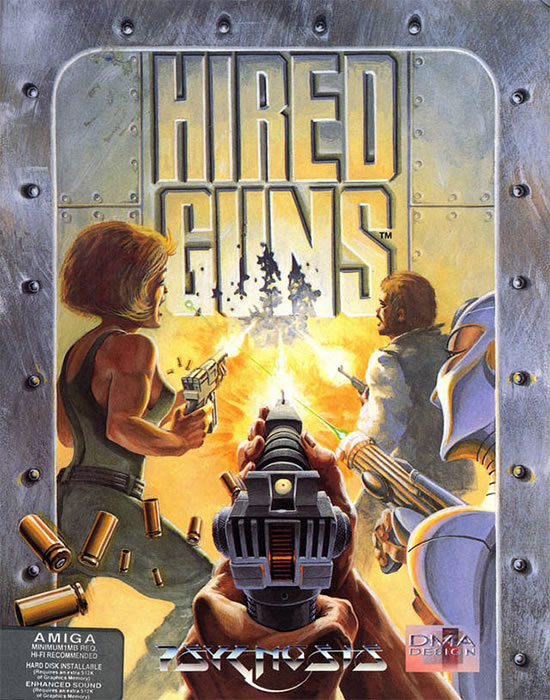

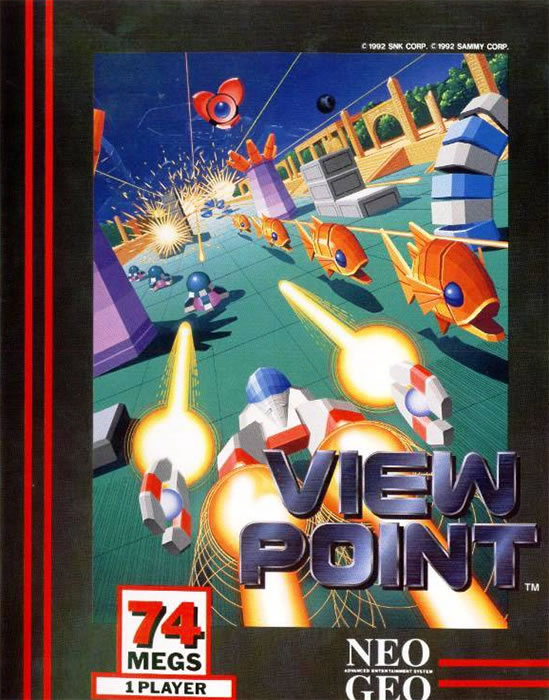
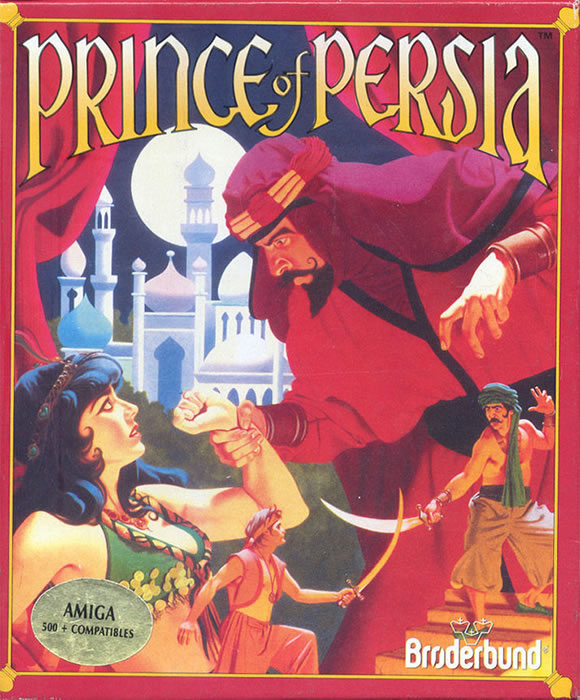
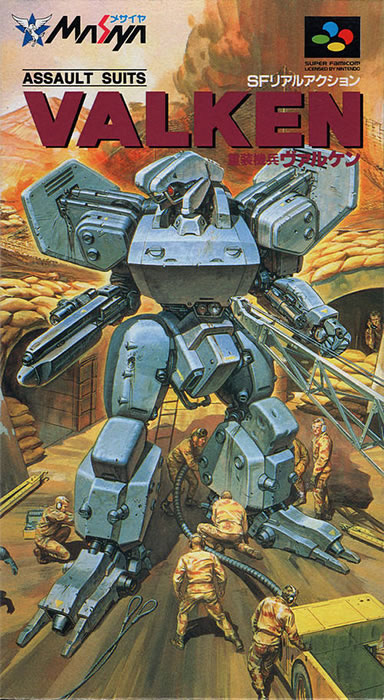
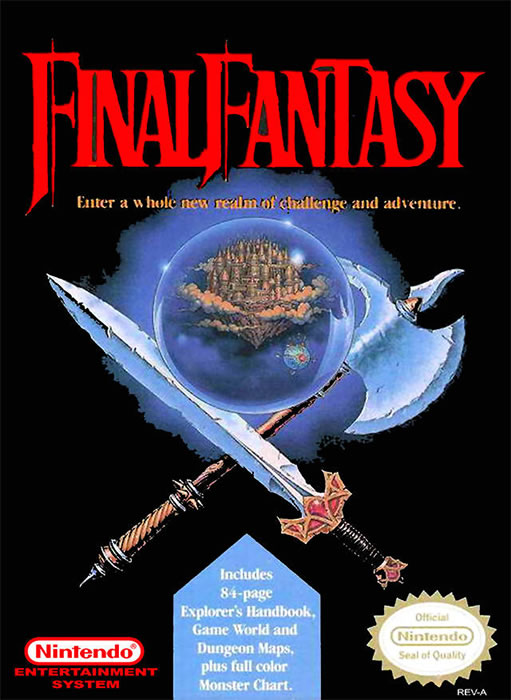
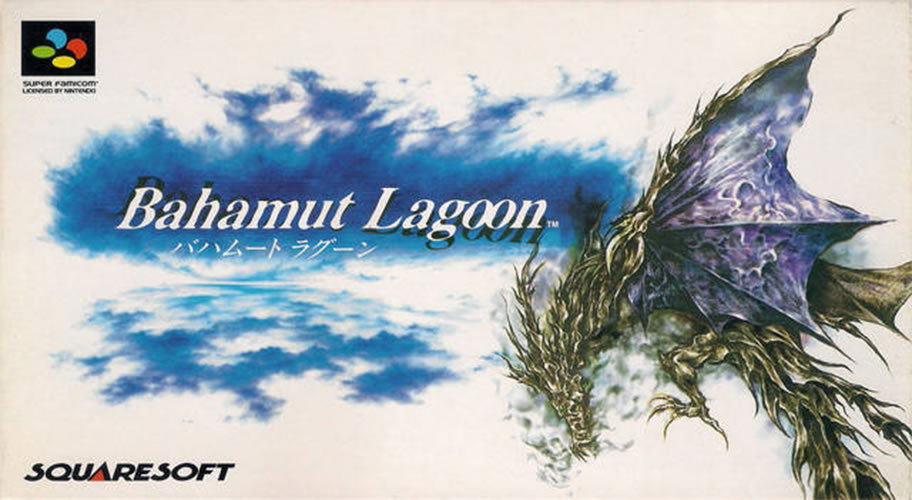

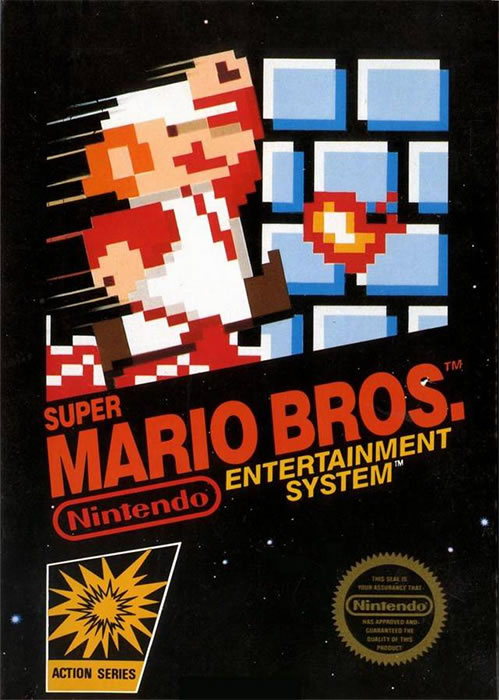
With only thirteen of these retro reviews, I thought it might be fun to look back at the games they covered in this all-too-brief series. From an ancient fighting game to a high-tech shooter to some of the most beloved role-playing games of all time, Edge covered a wide and varied selection of classic games. What we're going to do today is countdown all thirteen games and read excerpts from these very real reviews published in Edge magazine. Just remember, these are retro reviews designed to sound old, despite being published a decade or two after the fact. Got it? I sure hope so, because this is a list of Edge's Top 13 Retro Game Reviews!

Night Trap (Mega CD)#13“Technically speaking, Night Trap is the video game equivalent of the breakthrough of moving pictures from still photography. However, the error of comparing Digital Pictures to the Lumiere brothers soon becomes apparent. The premise is simple – take control of a series of cameras installed in a remote house and use traps to prevent marauding vampire/alien hybrids harming the stereotypical occupants – scantily-clad young females. Hackneyed drivel or postmodern irony? Unfortunately, in terms of neutralizing attackers, the success rate needs to be 100% -- arrive late on the scene or be looking elsewhere, and a repeat attempt is necessary. Within a short hour, this approach becomes intolerably tedious, watching the same footage over and over is a chore rather than a pleasure, and giving the prerendered nature of the proceedings, the chance of variation is zero. The allure of the ‘interactive movie' is proving too much to resist for some, and Night Trap is not the only game pushing the FMV genre. But it could well be the worst.” (3 out of 10)

Super Hydlide (Mega Drive)#12“The decision to create a sequel to Hydlide, a rather execrable RPG that appeared on the NES, is a baffling one. Having played through Super Hydlide, Edge is no clearer as to why it was taken, unless it was a bid to maintain the mediocrity of the series – in which case the game is a resolute success. At times it almost threatens to lapse into so-bad-it's-good sort of territory, but on balance it simply turns out to be just bad, in spite of some novel and intriguing game mechanics. Ironically, in spite of the constraints, the whole thing is crucially undermined by a lack of signposting and clear direction – to the extent that the whole thing feels very much half-baked. A rudimentary combat system, poor translation from the original Japanese and a fairly wacky distribution of strengths across the four playable character classes round out a disappointingly flaccid action-oriented RPG, that's not without merit, but is, nonetheless, a severe disappointment.” (4 out of 10)

Horace Goes Skiing (ZX Spectrum)#11Skiing is not the first sport you'd expect to be reproduced on the ZX Spectrum, but this is not exactly geared towards your Val d'Isere champagne-and-winter-lodge set. Horace is one of the most hideous characters yet created and his holey-headed visage sets the tone for the whole game. It's silly, shallow and jolly, and is bound to become a popular game. Horace Goes Skiing can be an evocative game, if you're the kind of person who likes to sit around staring at illustrations of the Moomins while smoking recreational drugs. For the rest of us, Horace Goes Skiing is lots of fun for an hour or so, but wears thin in the long term.” (5 out of 10)

Golden Axe (Arcade)#10“While it's excusable to equate Sega to racing games, the company has much to offer for those inclined to employ their joystick skills more extensively. Indeed, after finding fine form with its recent coin-op, Altered Beast, the predictable decision to develop a sequel hasn't followed and instead we have an entirely new title. A cursory glance at Golden Axe shows that Sega has upped the ante considerably, graphically beauty and wide color palette being obvious strengths. Choosing to play with one or two friends offer some degree of strategy, too, as the three characters make for a formidable team. It's hard to argue with Golden Axe's charms and although the gameplay holds fewer and fewer surprises as it advances, playing as Sega intended – short and sharp – is no bad way to part with ten pence. Just keep some on hand for those inevitable continues.” (7 out of 10)

Hired Guns (Amiga)#9“Hired Guns will initially bewilder you. While on the surface it may look like yet another character-driven RPG in the mold of Dungeon Master or Captive, explore its depths and you'll find a game that's both engrossing and radically inventive. The trick with Hired Guns is that individual members of your party can separate from the team and go exploring different nooks and crannies in the game universe. It fundamentally alters the dynamic of the four-character splitscreen RPG and offers a wealth of new gameplay possibilities. Unsurprisingly, playing alone is somewhat ponderous, a factor not helped by an icon system that is unnecessarily fiddly. The time limits on some of the missions are equally annoying, especially if you are trying to ease a new player into the game's complexities. But Hired Guns' strength is in its ability to unite people and promote a general mood of good feeling and cooperation. And that can't be bad for video games.” (8 out of 10)

The Way of the Exploding Fist (Commodore 64)#8“You may haver already experienced the delights of Kung Fu Master at the arcades, but those expecting Melbourne House's martial arts title to rip off that wonderful formula couldn't be more wrong. This is a fight simulator through and through. Forgoing the limited punch, jump, kick formula, Way of the Exploding Fist gives the players a remarkable 16 individual moves to master. The concentration on one-on-one fighting has ensured that each move has its own advantages dependent upon the combat situation. Exploding Fist's only major flaw is in the single-player mode, where you must battle through a number of opponents to achieve Tenth Dan status. The game's AI does not compensate adequately for the powerful leg sweep which will see off nearly every CPU adversary. That aside, Melbourne House has delivered a gusty arena combat game that requires skill, dedication and patience to master. Not unlike the real thing.” (8 out of 10)

Viewpoint (Neo Geo)#7“Joining the fray is Viewpoint, Sammy's practical rebirth of Sega's isometric shooter Zaxxon. Set at an identical angle, the player takes command of a typical craft on a typical one-against-the-odds mission. But that is where the similarities end. Irrespective of its impenetrability, viewpoint is a hugely enjoyable game with striking graphics, oodles of strategic latitude and a soundtrack of the funkiest kind. It's the perfect way for shooter experts to display their skills, but make no mistake, Sammy's new game is a brutal affair, crushing all in its path. Those who can't last past level two should consider themselves POWs.” (8 out of 10)

Prince of Persia (PC)#6“It's the animation that grabs you from the start. The hero can run, leap, climb and fence – nothing extraordinary there – but he does so much with such effortless fluidity that you initially just gape in wonder. Indeed, Prince of Persia is one of those games that is almost as appealing to watch as it is to play. Almost. Prince of Persia is also a superbly detailed game: Observe how tiles crumble into minute pieces or how the hero can inch his way over spike-trapped floors. While the structure is somewhat repetitive, and there's little visual distinction between the 13 levels, Prince of Persia's beauty lays in its mechanical precision, rather than its graphical flair.” (8 out of 10)

Assault Suits Valken (Super Famicom)#5“At a time when the majority of mech-based games either fall into the RPG or strategy camp, it's pleasing to see one whose only concern is with action. Assault Suits Valken begins as a shoot ‘em up and not once during its seven levels does it deviate from its core premise. The convincing elements, however, are to be found in the detail: The way the scenery is destructible and able to bear the scars of combat, the sight of enemy pilots abandoning their doomed machinery, or even the excellent animation's ability to transmit the feeling of controlling a five-story-high military exoskeleton, to name three examples. Ultimately, this remains a shoot ‘em up at heart, and one of the finest Edge has encountered. Longevity is an issue, but the scale of the levels and the variable routes through them are powerful incentives for replay.” (8 out of 10)

Final Fantasy (Nintendo Entertainment System)#4“Final Fantasy arrives in the West with little fanfare. Released three years ago in Japan, the game builds upon the Tolkien-esque setting and D&D-style mechanics fast becoming standard fare for this emerging Japanese genre. While Enix's Dragon Warrior games first introduced US gamers to the console RPG, Final Fantasy is the first title seemingly advancing the form. One major innovation is the plethora of boss encounters seen in the game. While previous games had you fighting just one final powerful enemy, Final Fantasy throws all manner of uberfiends at you, greatly improving the gameplay. However, while Final Fantasy has already spawned two sequels in its homeland, there are no guarantees the number-crunching gameplay will catch on in the West.” (8 out of 10)

Bahamut Lagoon (Super Famicom)#3“One of SquareSoft's last games for the Super Famicom, Bahamut Lagoon takes the strategy template of the Shining Force and Front Mission series and places it in a fantastical sky world filled with legends and dragons. Bahamut amalgamates SquareSoft's most successful innovations as we see the silent protagonist (a la Chrono Trigger) supported by a huge cast of controllable allies (a la Final Fantasy VI). The team-based approach to the storyline complements the strategic gameplay wonderfully. This is the future of RPGs: Almost full player control over team make-up and high levels of micromanagement. The fact that the game is complemented with a rip-roaring story makes it one of the most compelling adventure titles since Final Fantasy VI.” (9 out of 10)

Space Invaders (Arcade)#2“Is Atari's dominance of the video game world about to come to an explosive end? Because the appearance of Space Invaders certainly demonstrates that Japan is taking gaming seriously: Taito's cabinet is more sophisticated and compelling than anything coming out of the United States right now. Moving on a horizontal axis across the base of the screen, you control a laser base defending Earth from wave after wave of variously-shaped alien enemies. Playing Space Invaders can be a thoroughly hypnotic experience, your assailants' movement accompanied by grinding bass notes whose simplistic tones recall John Williams' classic ‘Jaws' theme music, but with a techno fuzz all of their own. It is an insanely intense experience, especially when your adversaries are almost upon you, your cover has all but evaporated and there are no more lives left in the bank. Space Invaders sets a new standard for arcade action. It will be interesting to see how Taito follows it up – and even more exciting, perhaps, to see how Atari counters.” (9 out of 10)

Super Mario Bros. (Nintendo Entertainment System)#1“Nintendo may be about to launch its successful Famicom system in the States, but some rebranding and the addition of the Robot Operating Buddy is unlikely to drag the U.S. video game industry out of the doldrums. But Super Mario Bros. just might. Super Mario Bros. retains all the charm of Donkey Kong and Donkey Kong Jr., but the platform dynamic has been spiced up with the addition of side-scrolling. The vitality, cleverness and execution strike you from the first instant. Even the main character's movement has been infused with a kinetic energy that makes leaping above the caverns, lakes and skies an absolute joy. There are eight intricate worlds to explore, each with sub-levels and Nintendo has completely broken with convention by allowing the player to skip to later worlds through warp zones. Attention to detail is remarkable and, despite the surreal setting, everything works with an exemplary logic and consistency. Super Mario Bros. demands your attention and is destined to shape the future of all platform titles. And with it, Nintendo deserves to conquer America.” (10 out of 10)
HOME |
CONTACT |
NOW HIRING |
WHAT IS DEFUNCT GAMES? |
NINTENDO SWITCH ONLINE |
RETRO-BIT PUBLISHING
Retro-Bit |
Switch Planet |
The Halcyon Show |
Same Name, Different Game |
Dragnix |
Press the Buttons
Game Zone Online | Hardcore Gamer | The Dreamcast Junkyard | Video Game Blogger
Dr Strife | Games For Lunch | Mondo Cool Cast | Boxed Pixels | Sega CD Universe | Gaming Trend
Game Zone Online | Hardcore Gamer | The Dreamcast Junkyard | Video Game Blogger
Dr Strife | Games For Lunch | Mondo Cool Cast | Boxed Pixels | Sega CD Universe | Gaming Trend
Copyright © 2001-2025 Defunct Games
All rights reserved. All trademarks are properties of their respective owners.
All rights reserved. All trademarks are properties of their respective owners.














